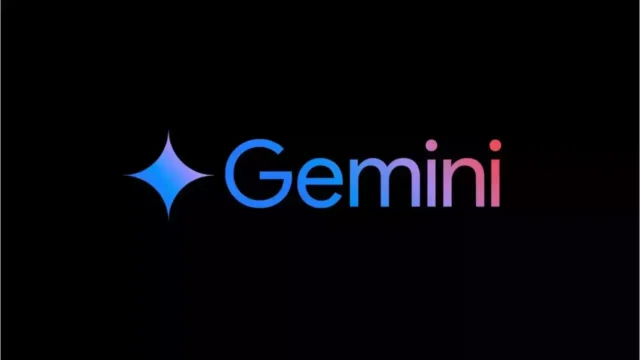
In the fast-paced realm of AI development, Google’s recent release of experimental Gemini models signals a strategic shift towards an iterative, feedback-driven approach. While these models boast improved capabilities in coding and complex prompt handling, they represent a stepping stone, not a quantum leap. This move underlines Google’s commitment to refining its technology through real-world testing and developer input, prioritizing a methodical journey over splashy headlines.
The What, When, and Why
Google unveiled its experimental Gemini models in late August 2024, offering developers a sneak peek at the enhanced capabilities of its Gemini 1.5 Pro and Gemini 1.5 Flash models, along with a new smaller Gemini 1.5 Flash-8B. These models aren’t positioned as the much-anticipated “Gemini 2.0,” but rather as an experimental playground to gather valuable insights and fine-tune future iterations. The underlying ‘why’ here is clear: Google is embracing a more cautious approach, emphasizing user feedback and iterative development over rushing to market with a grandiose, potentially flawed, release.
Unpacking the Improvements
The experimental Gemini models showcase enhancements primarily in coding prowess and the handling of intricate prompts. The Gemini 1.5 Pro model, for instance, demonstrates stronger coding capabilities and improved performance when faced with complex or nuanced instructions. These advancements are a testament to Google’s dedication to creating models that can tackle increasingly sophisticated tasks and adapt to the ever-evolving needs of developers and users.
The Iterative Path Forward
Google’s strategic decision to release experimental models rather than a full-fledged “Gemini 2.0” highlights a shift towards a more agile and collaborative development process. By putting these models in the hands of developers, Google is tapping into a vast network of expertise and creativity, harnessing real-world use cases to identify strengths, weaknesses, and areas for further refinement. This user-centric approach not only helps to create better, more robust models but also fosters a sense of shared ownership and excitement within the developer community.
Personal Experiences and Insights
Having closely followed the development of Gemini and experimented with its various iterations, I’ve observed a steady trajectory of progress, marked by both incremental improvements and occasional breakthroughs. The recent release of experimental models reinforces this trend, underscoring Google’s commitment to a data-driven, user-centric approach. While these models may not represent a seismic shift in AI capabilities, they offer a tantalizing glimpse into the future of Gemini and its potential to reshape how we interact with and harness the power of AI.
Beyond the Headlines: A Deeper Look
- Enhanced Coding Prowess: The improved Gemini 1.5 Pro model showcases enhanced coding skills, enabling it to generate, analyze, and debug code more effectively. This is a significant step towards empowering developers to streamline their workflows and accelerate innovation.
- Complex Prompt Mastery: The experimental models demonstrate better handling of complex and multifaceted prompts, suggesting a growing ability to understand nuanced instructions and produce more contextually relevant and accurate responses.
- A Collaborative Approach: Google’s decision to solicit developer feedback on the experimental models underscores a commitment to transparency and co-creation. This approach not only helps to improve the models themselves but also fosters a sense of community and shared purpose among AI developers.
- A Measured, Strategic Path: Google’s focus on iterative development reflects a mature understanding of the complexities and challenges of AI innovation. By prioritizing user feedback and real-world testing, the company is laying a solid foundation for the future of Gemini, ensuring that it evolves in a responsible and sustainable manner.
FAQs: Demystifying Google’s Experimental Gemini Models
- Are these models “Gemini 2.0”? No, they are experimental iterations of existing Gemini 1.5 models, designed to gather user feedback and inform future development.
- What are the main improvements in these models? They boast enhanced coding capabilities and improved handling of complex prompts.
- Why did Google choose to release experimental models instead of a major update? This reflects a shift towards a more iterative, user-centric approach to AI development.
- How can developers access and test these models? Google has made them available to select developers through its experimental programs.
- What does this mean for the future of Gemini? It signals a commitment to continuous improvement and a collaborative approach to shaping the future of AI.
Google’s release of experimental Gemini models offers a fascinating insight into the company’s evolving strategy for AI development. While these models may not represent a dramatic leap forward, they represent a significant step towards a more collaborative, user-centric approach. By harnessing the power of developer feedback and real-world testing, Google is charting a course towards a future where AI is not only more capable but also more responsive to the needs and aspirations of its users.










